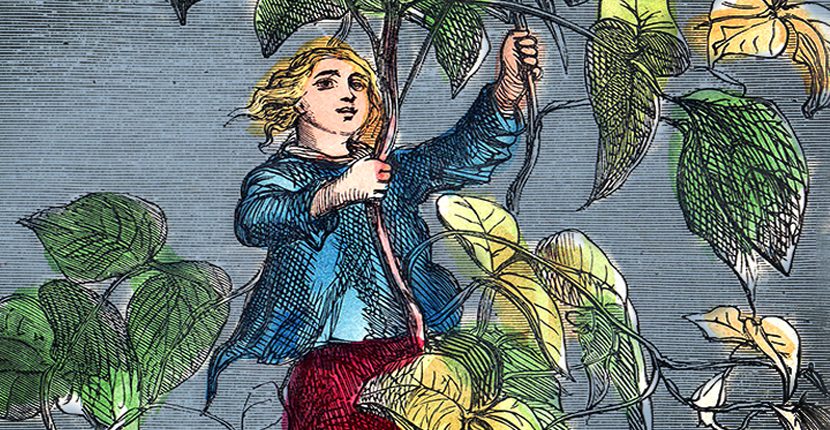Jack and the Beanstalk might be one of the oldest tales ever told. The plots, characters and struggles that make up a culture’s literary heritage are well-studied; many of the greatest cinematic works of the last half-century are explicitly written in the patterns that scholars have observed in literature of bygone generations.
The Aarne-Thompson-Uther (ATU) classification of Folk Tales assigns numbers to the various common plots that have emerged over centuries of literary production in a system that resembles the Dewey Decimal system.
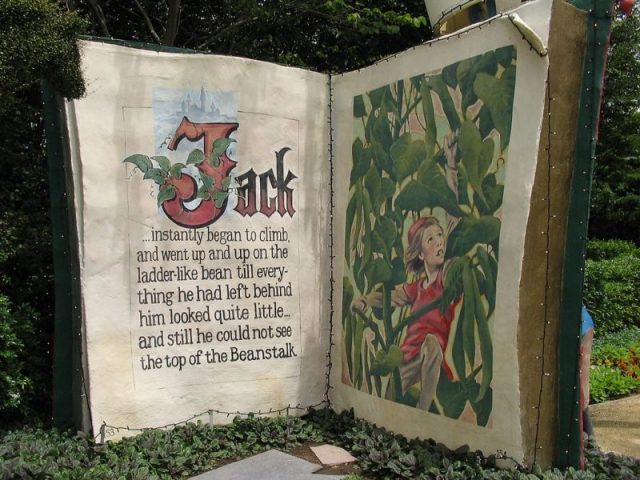
The collation of thousands of texts into common threads has enabled scholars to search for elements of a common plot and find examples of the same plot as it appears in different cultures.
One particular plot, ATU 328, is well-known and treasured by children and adults throughout the English speaking world. Under one of their categories we find the story “The Treasures of the Giant” – better known for the past 150 years as the story of Jack and the Beanstalk.
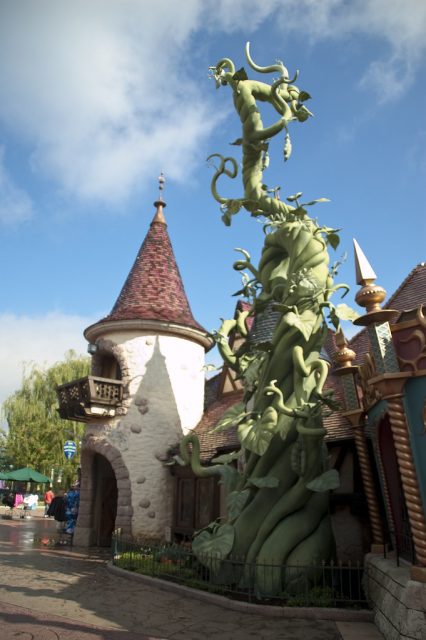
Though the ATU traces this story to Italy in the 1870s, the version that people are most familiar with dates to 1734 in a Christmas-themed collection of stories printed in London. Jack Spriggins and the Enchanted Bean served as the model for the modern story in the early days of the industrial revolution.
Related Video:
https://youtu.be/MssjjdVAj6k
Childrens’ literature was then in its infancy, with the canonical works of The Brothers Grimm and Hans Christian Andersen appearing the following century; the “definitive treatment” of the story would appear over 150 years later as published by Joseph Jacobs in English Fairy Tales.
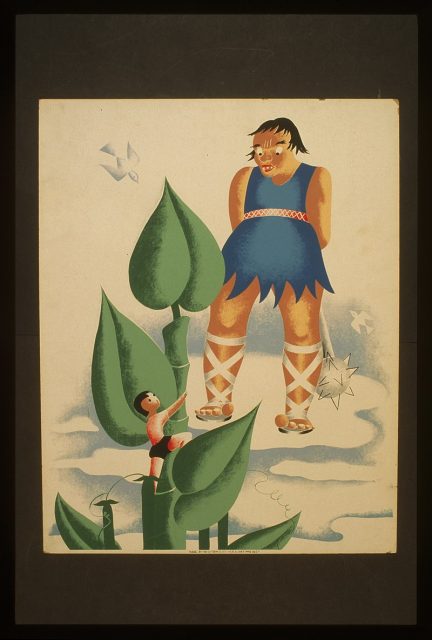
Recent research, however, places the origin of this particular tale – in which a young man uses magic beans to rob and ultimately defeat a giant – far earlier in human history than English modernity.
An article in The Royal Society Publishing details how scholars made a historic and linguistic analysis using the ATU catalogue. Their goal was to trace folk tales through history using a technique similar to how biologists trace ancestry.
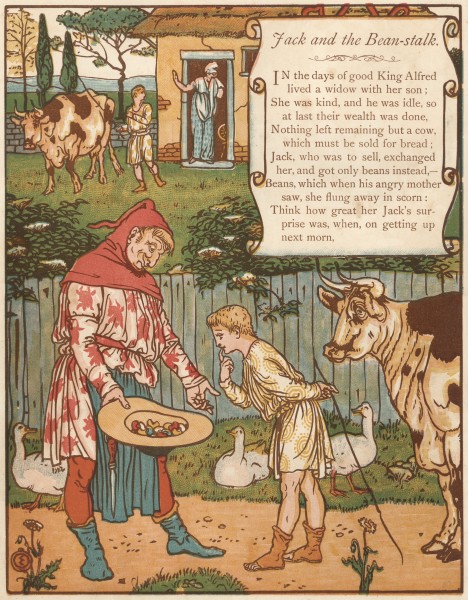
Simply put, they looked at the archetypes in stories – characters, plot lines, etc. – as if they were blueprints and compared similar tales from farther and farther in the past.
Proto-Indo-European, the great-grandfather of nearly all languages native to the European continent (the oldest for which there is a historical record) was considered to be as far back as a story could be traced by the study. ATU 328, what we call Jack and the Beanstalk, it found, is one of the oldest tales in the history of the European continent and its culture.
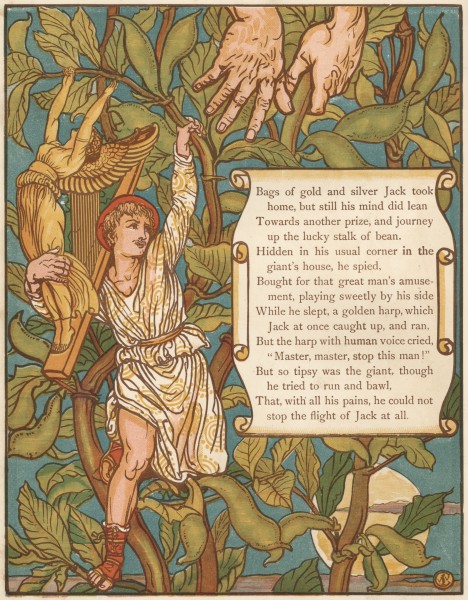
Following several versions of the story back through their respective linguistic histories, Sara Graca da Silva of the New University of Lisbon, and Jamshid J. Tehrani of Durham University, determined with a high degree of confidence that the roots of this story lie in Proto-Indo-European literature – 5,000 years in the past and several thousand years before the now well-preserved classics of Greek and Roman antiquity that form the basis for so much of our modern and contemporary literature began to appear.
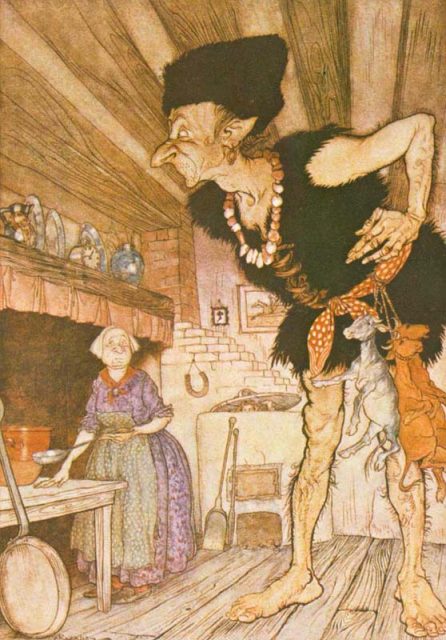
The implications of this discovery are quite interesting. While literature and literacy has been a privilege for a significant part of human history, the growth of literature in Victorian England, a period of great economic expansion and urbanization, is what gave the modern English speaking world the genre of childrens’ literature.
The discovery that, even in antiquity, well before any record of a written language existed in Europe, stories persisted in the Proto-Indo-European language for the sole purpose of educating and entertaining children is groundbreaking for what it tells us about early European culture.
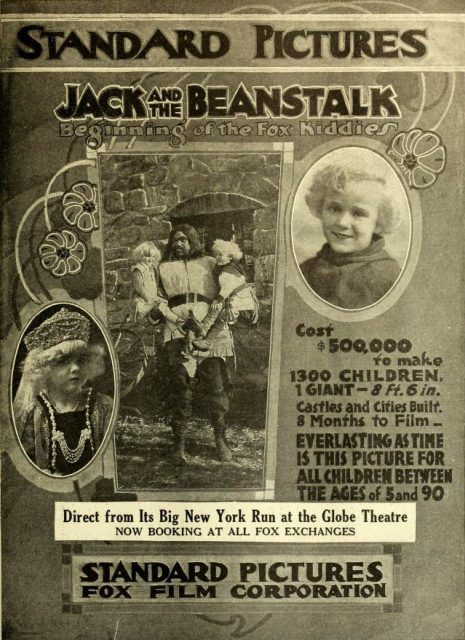
Even more interesting is the curious persistence of these stories, first told and then written for an audience of children, throughout almost the entirety of recorded human history in Europe.
Read another story from us: The True-Life Inspiration for the Classic Story ‘Beauty and the Beast’
Emerson might not have known how far back in history the thieves of his inspiration lived; he might have been more impressed by their ingenuity had he been aware of how far into the future they had reached.
